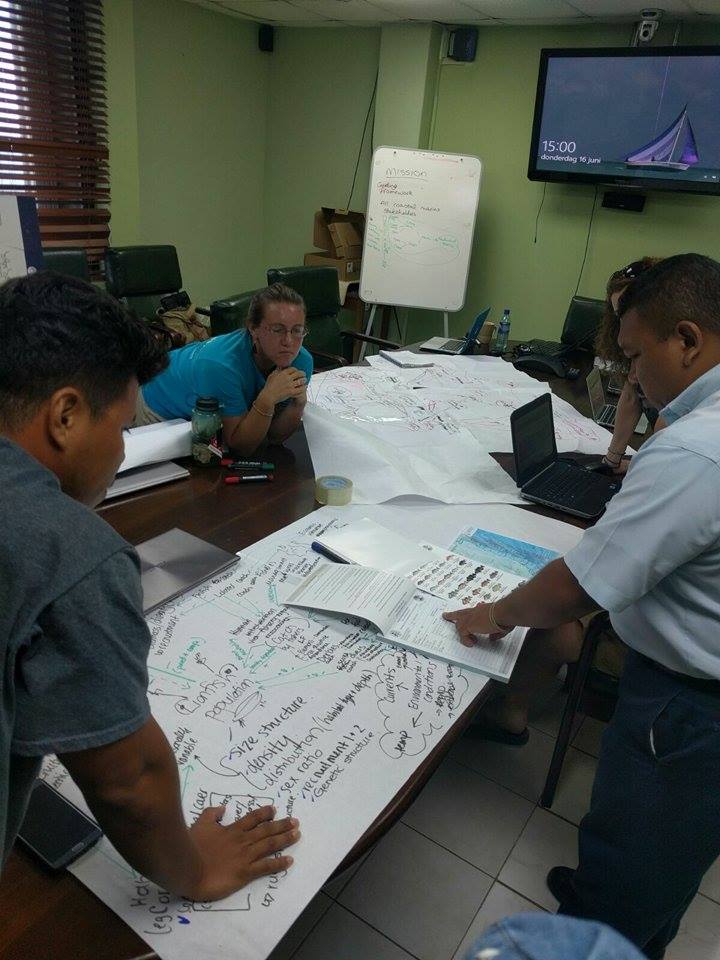ARPA: the most important conservation program for tropical rainforests in Brazil, and mechanisms of financial sustainability of the Jaú National Park
ARPA Program
Fabiano Silva, FVA.
Unini RESEX
Fabiano Silva, FVA.
The Jaú National Park represents one of the largest extensions of protected tropical rainforests in the world, protecting a great extent of the Aguas Negras river basin. Due to its prominence, this protected area was prioritized by the Amazon Region Protected Areas Program (ARPA), a program created in 2002 by the Brazilian Government and managed by the Brazilian Biodiversity Fund (Funbio).
The ARPA program has the financial backing from the Global Environment Facility (GEF), the German Government, the World Wildlife Fund (WWF), the Amazon Fund, through the National Bank for Economic and Social Development (BNDES), the Moore Foundation, and currently, private companies that act as donors to the program. The program is designed to last 13 years, and it’s aimed at expanding and strengthening the Brazilian National System of Protected Areas in the Amazon, through the protection of 60 million hectares of conservation units in the Amazonian biome, and ensuring financial resources for the management of those areas in the short and long run. It is implemented in three independent and continuous phases: Phase I between 2003 and 2010, Phase II between 2010 and 2015, and Phase III with a deadline of 25 years.
- National context of greater concern for the preservation of the Amazon region and sustainable development, with the global acknowledgment of the importance of tropical rainforests.
- Elaboration of regional public policies for the conservation and sustainable use of tropical rainforests.
- ARPA Program Budget for 2003-2015, of 236 million dollars.
The inclusion of the Jaú National Park in the ARPA program was an essential strategy for its conservation, given that ARPA is one of the largest programs in the world for the conservation of tropical rainforests, implementing a model that ensures the quick and effective gathering and application of financial resources.
During Phase I, ARPA was dedicated to the creation of new protected areas. During Phase II, it was focused on consolidating the program. Phase III is aimed at consolidating 60 million hectares of protected areas in the Amazon at a Federal and National level, and reaching financial sustainability.
The support provided by ARPA made possible the creation of the Unini River RESEX, consolidating the RESEX and the Jaú National Park through the funding of projects that enabled the generation of conservation value and increasing the financial income of local communities. This contributes to the sustainability of both conservation units at a social, financial, and management level.
